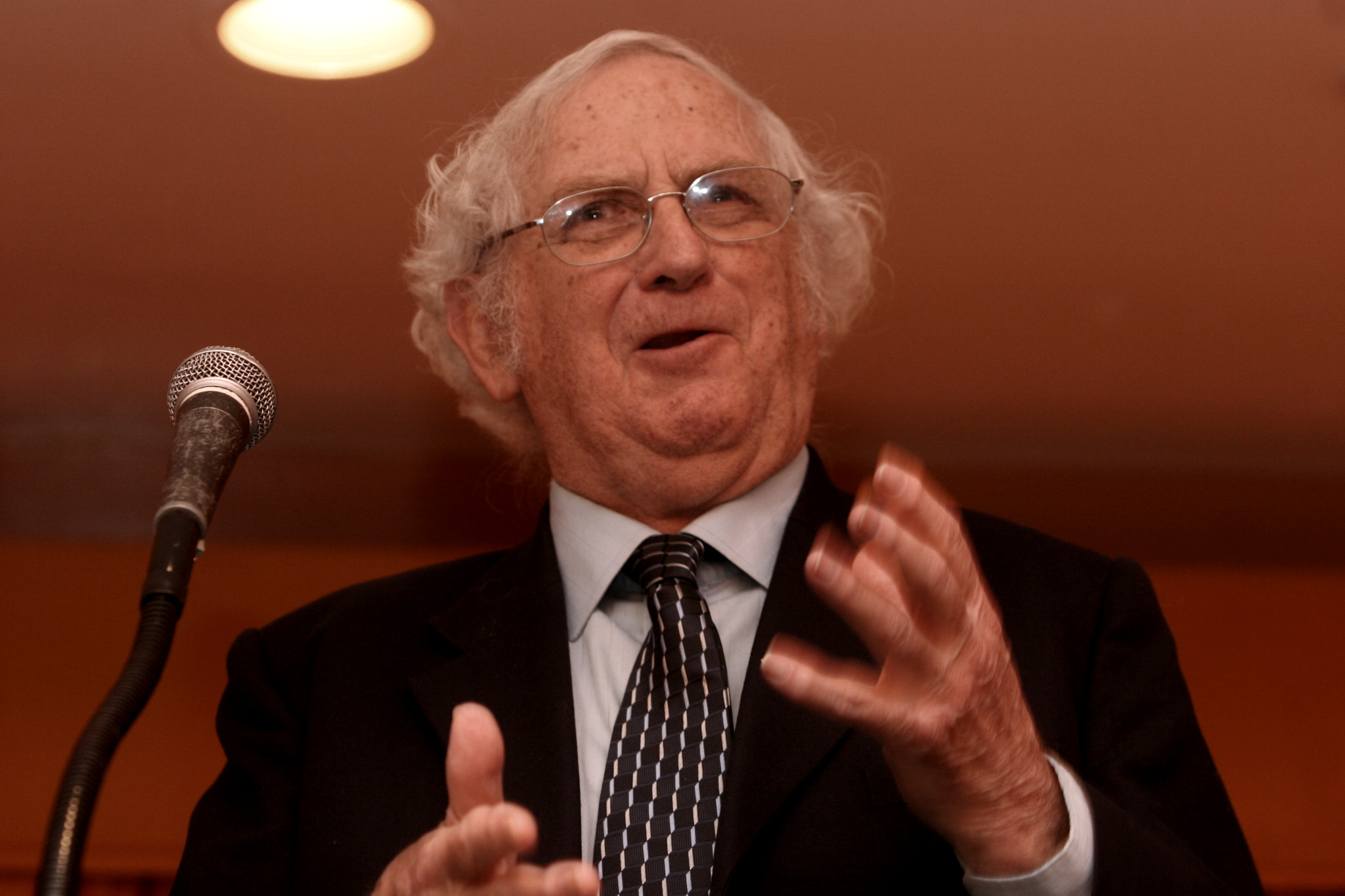Race to Australia won with fresh fruit

Professor Geoffrey Blainey explains the crucial role fresh vegetables played in Australian history. PHOTO: SANDRA GODWIN
HAD 18th century French explorers carried green vegetables on their ships, the past 240 years of Australian history might well have been very different.
Historian Professor Geoffrey Blainey said the vitamin C deficiency, scurvy, also known as Barcoo rot, weakened the French crew so badly, Jean de Surville diverted to New Zealand instead of landing on the east coast of what was to become Australia.
That honour went to Captain James Cook in the Endeavour, who had ensured his crew members picked green vegetables at each stop on the journey.
Speaking at a breakfast during last week's third annual AusVeg conference in Hobart, Prof Blainey said he was unable to find any books about his topic - the role of vegetables in Australian history - despite their overwhelming importance.
"The deficiency of fresh vegetables was one of the recurring problems of the Australian way of life for the best part of a century; even the soldiers at Gallipoli were affected by scurvy," he said.
After the First Fleet reached Botany Bay in 1788, they were unable to find the meadows described in Cook's journal, so they sailed on to Sydney cove.
People later discovered the land at Botany Bay was good and the Chinese established their market gardens to supply many of the vegetables that Sydney needed.
Scurvy was widespread across Australia in the 19th and early 20th centuries thanks to a simple diet of meat, bread, tea and sugar, but gravely deficient in vegetables.
"The word lolly is a Melbourne word," Prof Blainey said.
The potato industry was the first vegetable sector to become established, with growers in northwest Tasmania shipping much of their spuds to Sydney in the 19th century, and the Irish dominated potato growing across the mainland.
As a university student in the late 1940s, Prof Blainey worked during the labour shortage harvesting seed potatoes into buckets at Gembrook, in Victoria.
He said Aborigines pursuing their traditional way of life had far greater access to fresh vegetables than the Europeans who came after them.
"They had an astonishing variety of fruits and vegetables," he said. "Today in outback Australia, sadly the position is reversed."
Prof Blainey said the great tragedy of Australian inland exploration, the deaths of Burke and Wills in 1861, was shaped by a native vegetable.
Despite being the best-equipped expedition to set out from Melbourne, they didn't take enough food. Returning from the Gulf of Carpentaria to a deserted Coopers Creek, Burke and Wills and two other men suffered from hunger and malnutrition.
They began eating the nardoo seed, which the local Aborigines ground into flour and cooked.
"Often Wills spent much of the day pounding this seed," he said. "They didn't realise that you had to cook it (to remove the toxins)."
Prof Blainey said it was unclear how the men died, but it was likely caused by eating raw nardoo seed.
In the history of vegetable growing in Australia, he said two physical facts were important: the tyranny of distance and widespread soil nutrient deficiencies.
"Who would have predicted in 1975, when wool was king, that by 2010, wool would be number eight in our rural commodities of Australia and vegetables number four."
